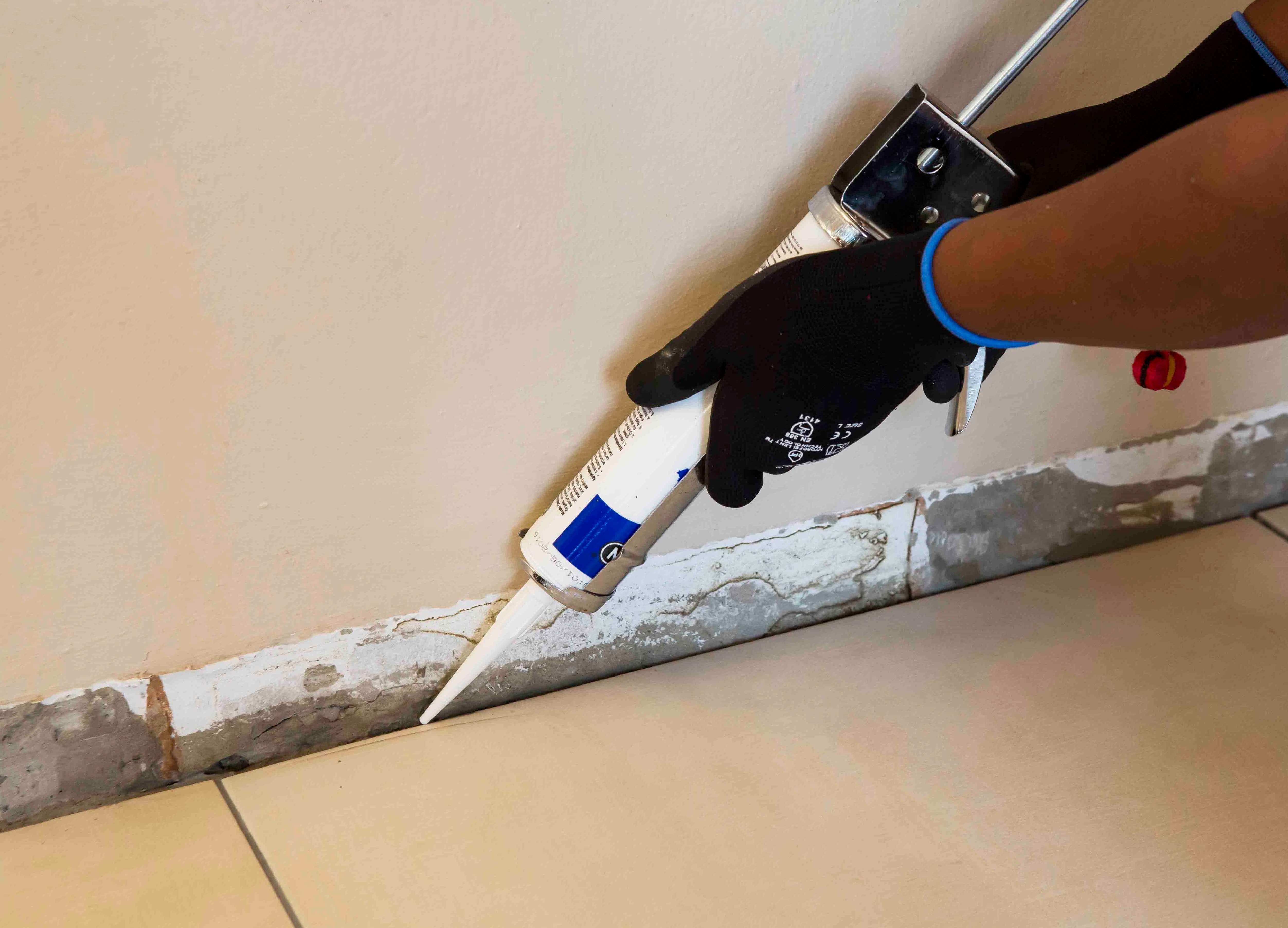How to waterproof a shower
Tiling your own shower can give you great satisfaction; we share some handy tips to guide you.
To ensure a waterproof installation it is necessary to waterproof the shower enclosure prior to tiling. If you’re renovating the shower it is recommended to remove the existing tiles and start the waterproofing and tiling process from scratch.
If lifting the tiles is not an option, you can still waterproof the shower if it is showing signs of water damage. See our previous blog post to guide you on how to waterproof a shower without retiling.


WATERPROOFING THE SHOWER
You will need:
- TAL Floor Primer or TAL Floorkey
- TAL Superflex1
- TAL Superflex1 Membrane
- Block brush
- Roller
- Silicon suitable for the bathroom
Step-by-step guide:
1. Priming:
- The substrate must be in good condition, clean and dry.
- Prime rough, porous surfaces with TAL Floor Primer and smooth, dense surfaces with a TAL Floorkey slurry coat (one part TAL Floorkey to two parts tile adhesive powder or 1.5 parts ordinary Portland cement, by volume).
- Paint the primer onto the surface, including into the floor waste, using a block brush, and allow to dry completely before proceeding.
- To allow for movement, apply a 10mm silicone bead in all internal corners and joints around the waste pipe or floor waste and around the tap and rose plumbing.
- Apply the first coat of TAL Superflex1 to these areas. Immediately bed the TAL Superflex1 Membrane, 200mm wide, into the wet Superlex1, ensuring that there are no wrinkles or air bubbles trapped beneath the membrane. The membrane must be pushed into the corners, ensuring that the entire interface is covered with Superflex1 Membrane. Apply a second coat of TAL Superflex1 to completely saturate the membrane before the first coat dries.
- Apply a coat of TAL Superflex1 up the pipe and immediately bed the TAL Superflex1 Membrane into the wet TAL Superflex1. Apply a heavy coat of TAL Superflex1 over the membrane to completely saturate the membrane before the first coat dries.
- For wastes that are flush with the floor, take the application down into and around the waste or use the puddle flange system (check local council regulations).
- Apply the first coat of TAL Superflex1 over the primed surface. Immediately bed the TAL Superflex1 Membrane into the wet Supeflex1. Ensure that there are no wrinkles or air bubbles trapped beneath the membrane and that the membrane is adhered to the substrate by pressing the membrane with the roller in two different directions. Apply a heavy coat of TAL Superflex1 over the membrane to completely saturate the membrane before the first coat dries.
- Ensure that the main application overlaps the corner and floor waste applications by at least 50mm.
- Shower walls must be waterproofed to full rose height
- Allow the Supeflex1 system to dry completely (at least three days, depending on ambient conditions) before tiling is commenced.
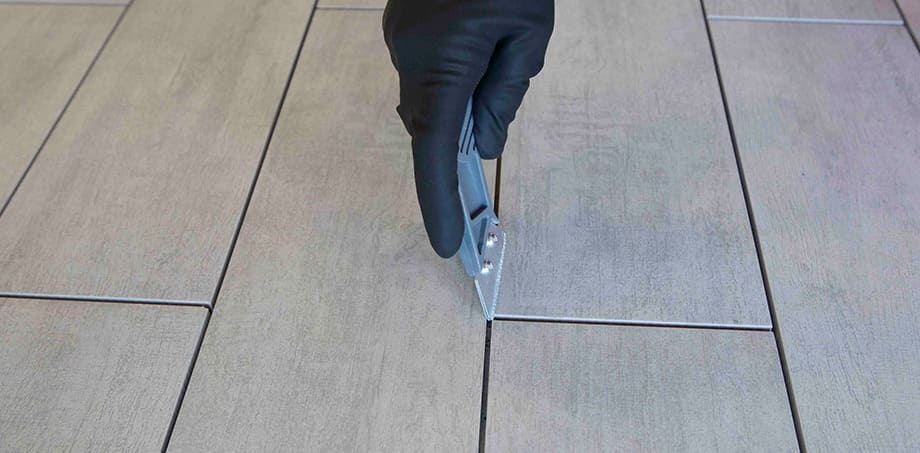

-
The joints should then be regrouted, using TAL Wall & Floor Grout mixed with TAL Bond as a total water replacement.
-
TAL Bond is a modified latex additive which will enhance the bond strength, flexibility and water resistance of the grout. Ensure the grout joints are completely filled, and the grout is thoroughly compacted into the joints.
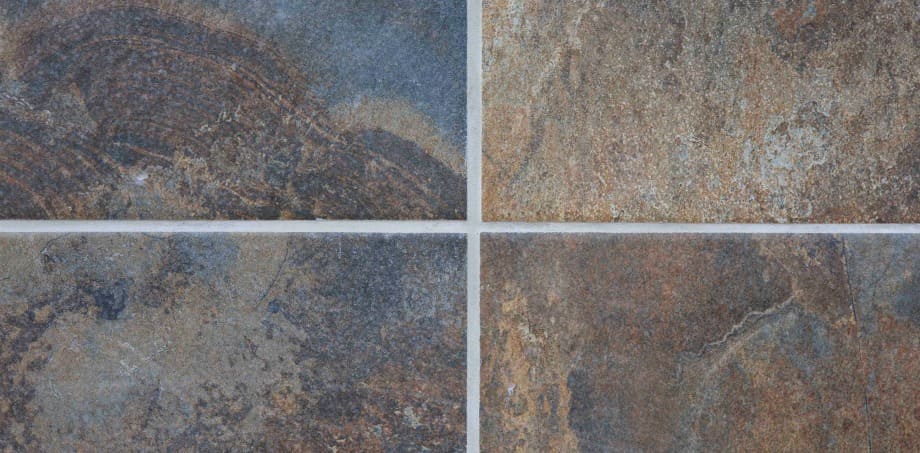

-
Newly installed grout should be allowed to dry for 48 hours before the shower is used. See our infographic on how to revive your grout here.
CHECK THE PERIMETER OF THE SHOWER FLOOR
-
The joint around the perimeter of the shower floor and drain should also be inspected as these are areas where water can permeate through into the tile installation and thus into the substrate. To allow for movement in the tile installations, this joint should be filled with a suitable (shower type) resilient joint sealant. Perhaps the joint was filled with a cementitious grout, or the incorrect type of sealant was used.
If the problem still persists:
-
Provided that the existing tiles are in good condition and firmly attached to the substrate, and of course that the installation allows for added height of new adhesive and tiles, it is possible to waterproof and tile over the existing tiles.
-
Waterproof the shower up to shower rose height, using TAL Superflex or TAL Sureproof waterproofing compounds. See how to waterproof a shower here.
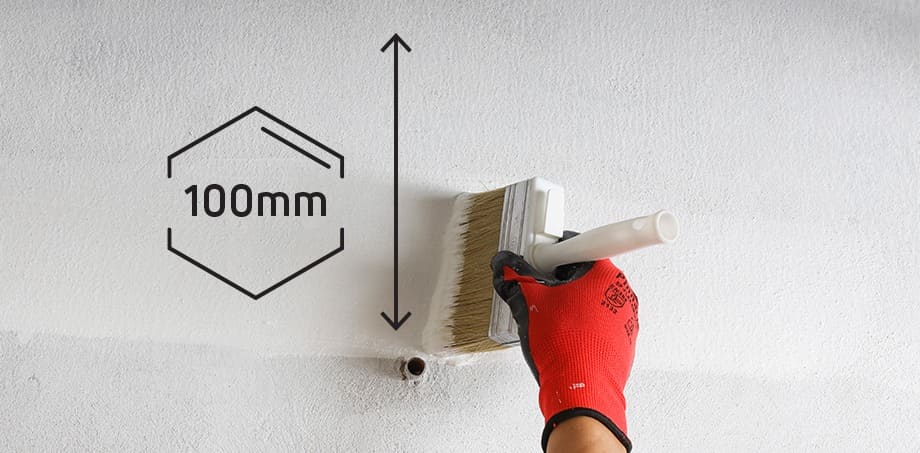

-
Thereafter install the new tiles using a latex-modified adhesive and grout system. TAL Bond should be used as a total water replacement in the adhesive and grout mix to improve the water-resistance of the adhesive and grout.
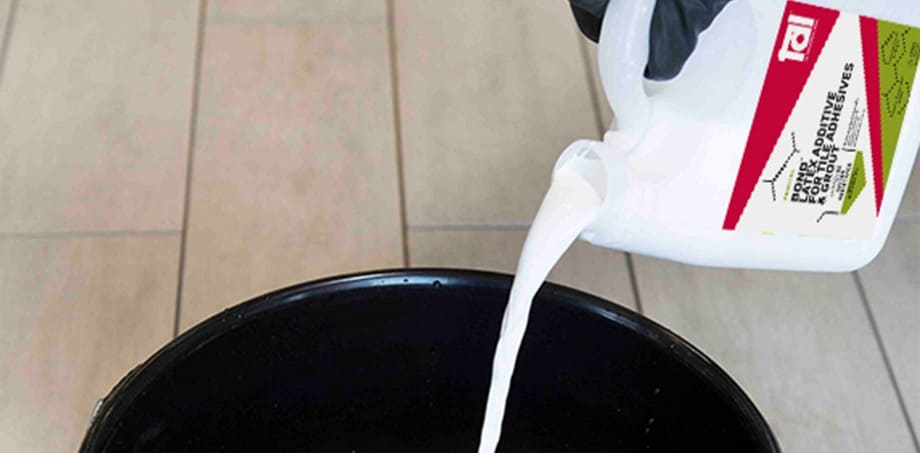

TAL can issue a Materials and Methods Specification for a tiling installation.
Contact the TAL Technical Advice Centre number on 0860 000 TAL (825) to request a specification.
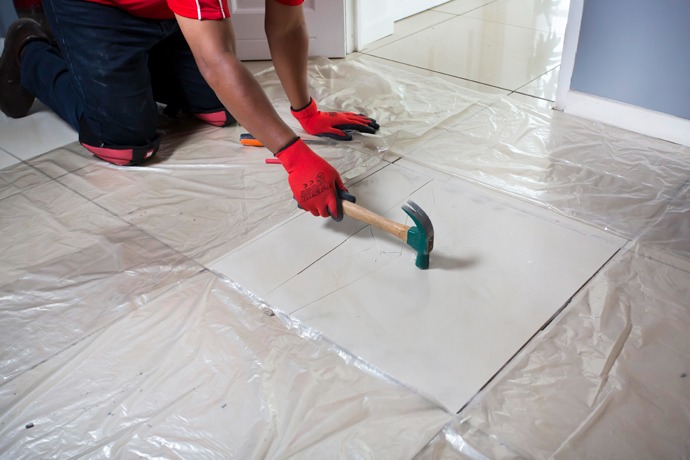



Where necessary, use a grout squeegee to apply additional adhesive to fill in any voids in the grout joints.
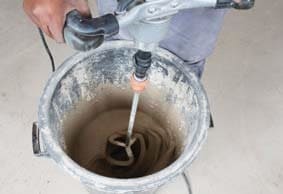

STEP 7
Pour the mix onto the floor and spread with a TAL Notched Floor Rake or a TAL Adjustable Floor Spreader to the required thickness. (The size of the notch of the TAL Floor Rake or the height adjustment of the TAL Adjustable Floor Spreader will determine the thickness). It is recommended to wear TAL Spiked Shoes during the installation
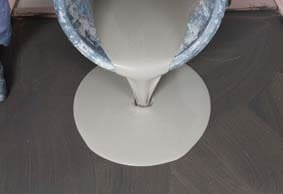

STEP 8
Roll the area using a TAL Spiked Roller to facilitate the release of any trapped air to produce a smooth surface, and to allow it to dry.
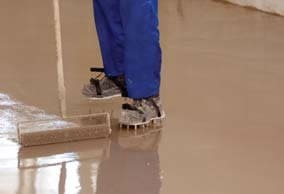

Allow the screed installation to dry for 24 hours before subjecting to foot traffic (or other trades) or installing floor coverings.


TAL MOSAICFIX is available in 20 kg and 5 kg bags from leading retail outlets.
Designed to be 100% compatible, using the TAL range of products ensures fully guaranteed multi-level tiling systems from a single source. TAL products are manufactured in South Africa to suit local climatic conditions.
If you are in any doubt, contact the TAL Technical Advisory Service on 0860 000 TAL (825), email [email protected]. Alternatively, employ the services of an experienced and skilled mosaic tiling contractor.




When replacing tiles, it is not always possible to apply the TALFIX directly to the floor, in which case apply the adhesive in a solid bed onto the back of the tile, ensuring complete coverage. Gently trace the notched side of a floor trowel through the adhesive to create ‘ridges’.


Adhesive system
When tiling onto existing tiles, it is important to only use a quick- or rapid-setting adhesive, as the existing tiles will present a dense, impervious surface, and standard-setting adhesives will take longer to dry. Too early trafficking of newly-installed tiles before the adhesive has set sufficiently can result in hollow-sounding or loose tiles.
Use TAL Tile-To-Tile quick-setting adhesive for tiling onto interior surface beds. When tiling onto suspended slabs and for external installations mix the TAL Tile-To-Tile with TAL Bond, replacing the water in the mix. Alternatively, TAL Bond Powder can be added to the adhesive mixing water.
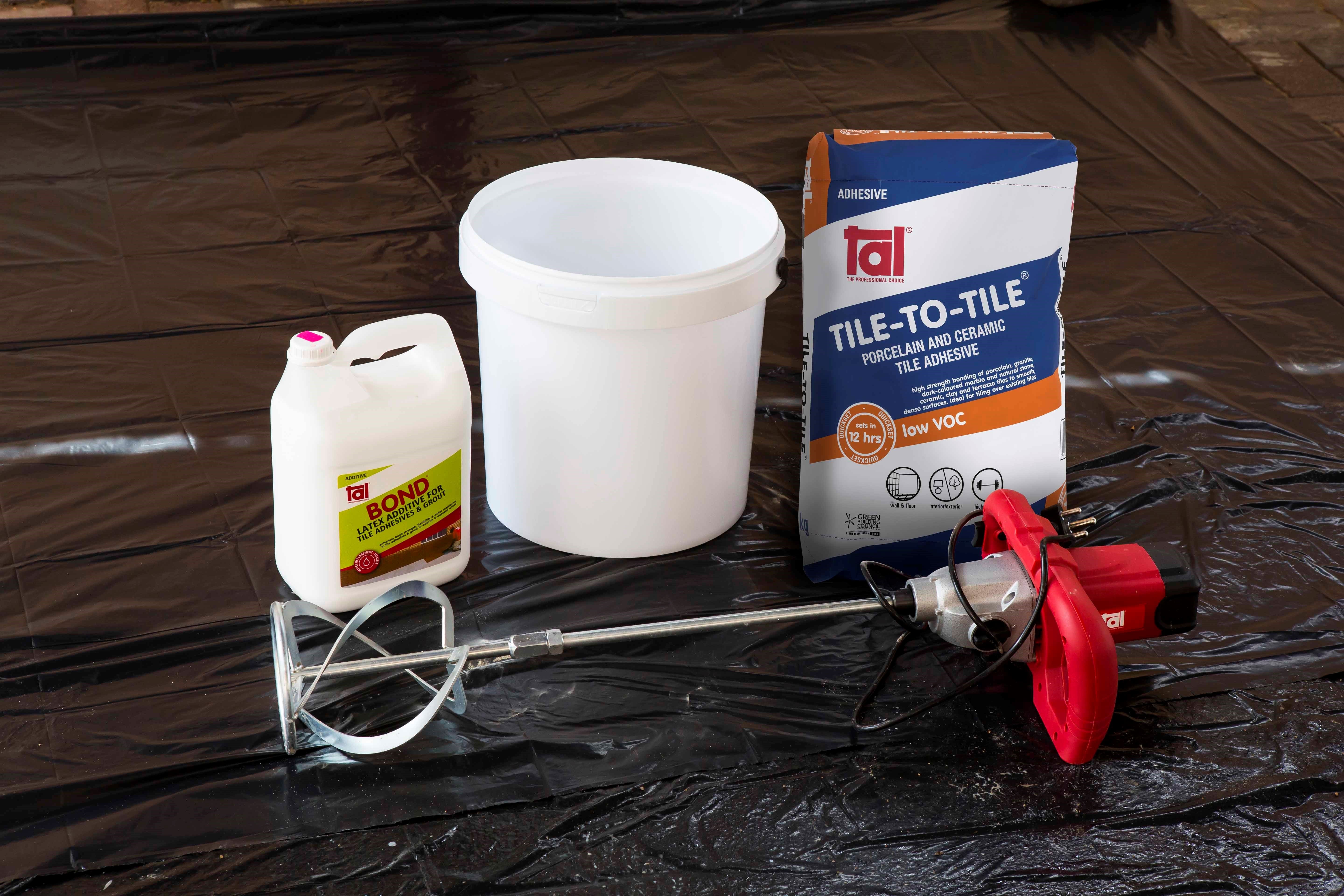

Ensure that there is a solid bed of adhesive at least 6 mm thick beneath each tile.
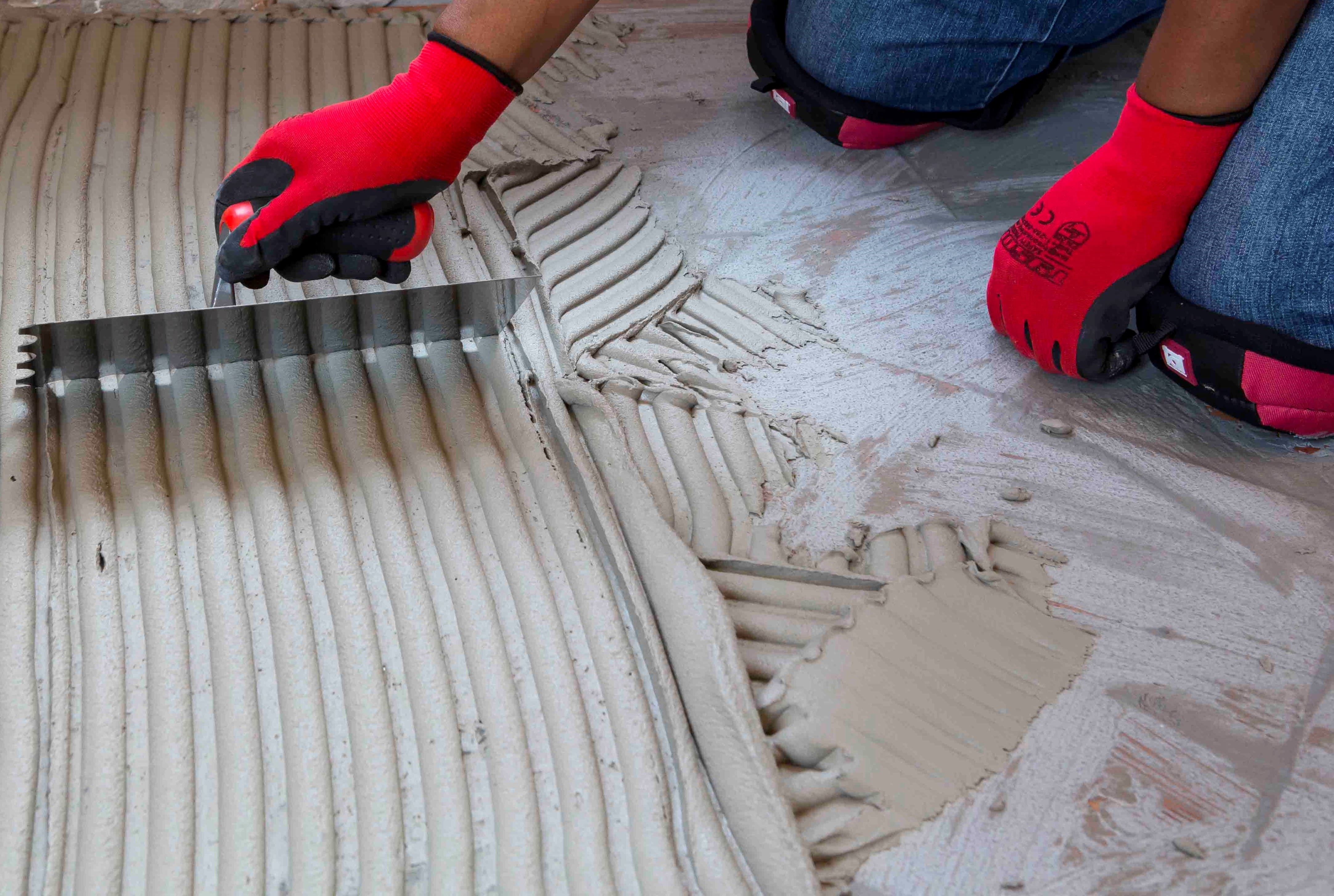

Back buttering with a thin coat of adhesive may also be required when using large-format tiles to ensure full contact with the adhesive bed.
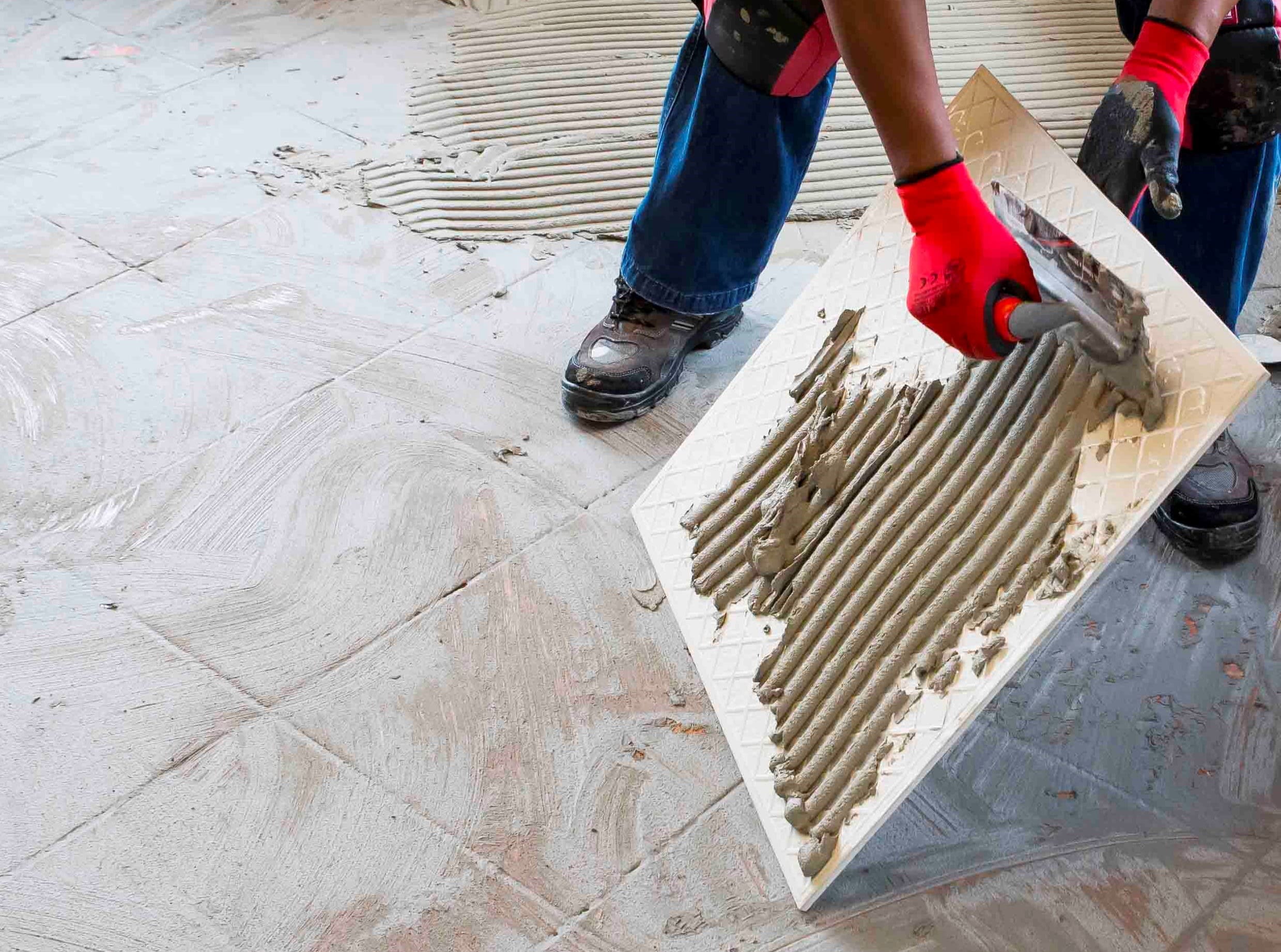

Grouting
Grouting should not be carried out until the adhesive has set sufficiently to prevent the tile installation from being disturbed during the grouting operation (always refer to the adhesive packaging for setting times). When using TAL TAL Tile-To-Tile, allow a minimum of six hours before grouting.
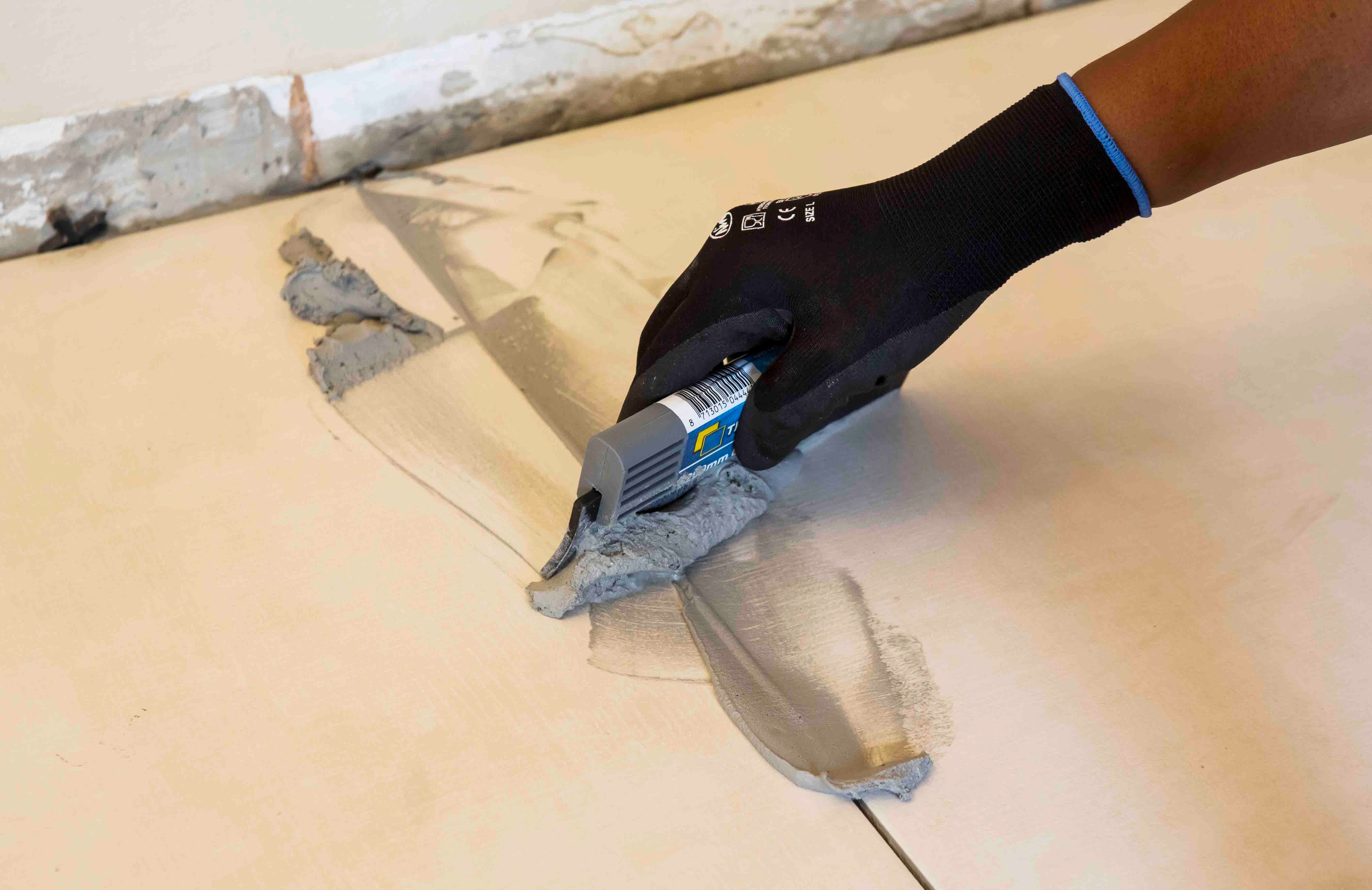

For interior surface beds, use TAL Wall & Floor Grout for filling tile joints up to 8 mm wide. TAL Quarry Grout can be used in wider joints up to 25 mm wide. On suspended slabs and for external installations, replace the water in the grout mix with TAL Bond, or add TAL Bond Powder to the grout mixing water.
Particular care must be taken to clean the grout off the tile face before it hardens completely. This is especially important when an additive such as TAL Bond or TAL Bond Powder has been used. A tile sample should be tested beforehand to ensure that no grout is absorbed through the glaze or into the tile body, thereby staining the tiles permanently.
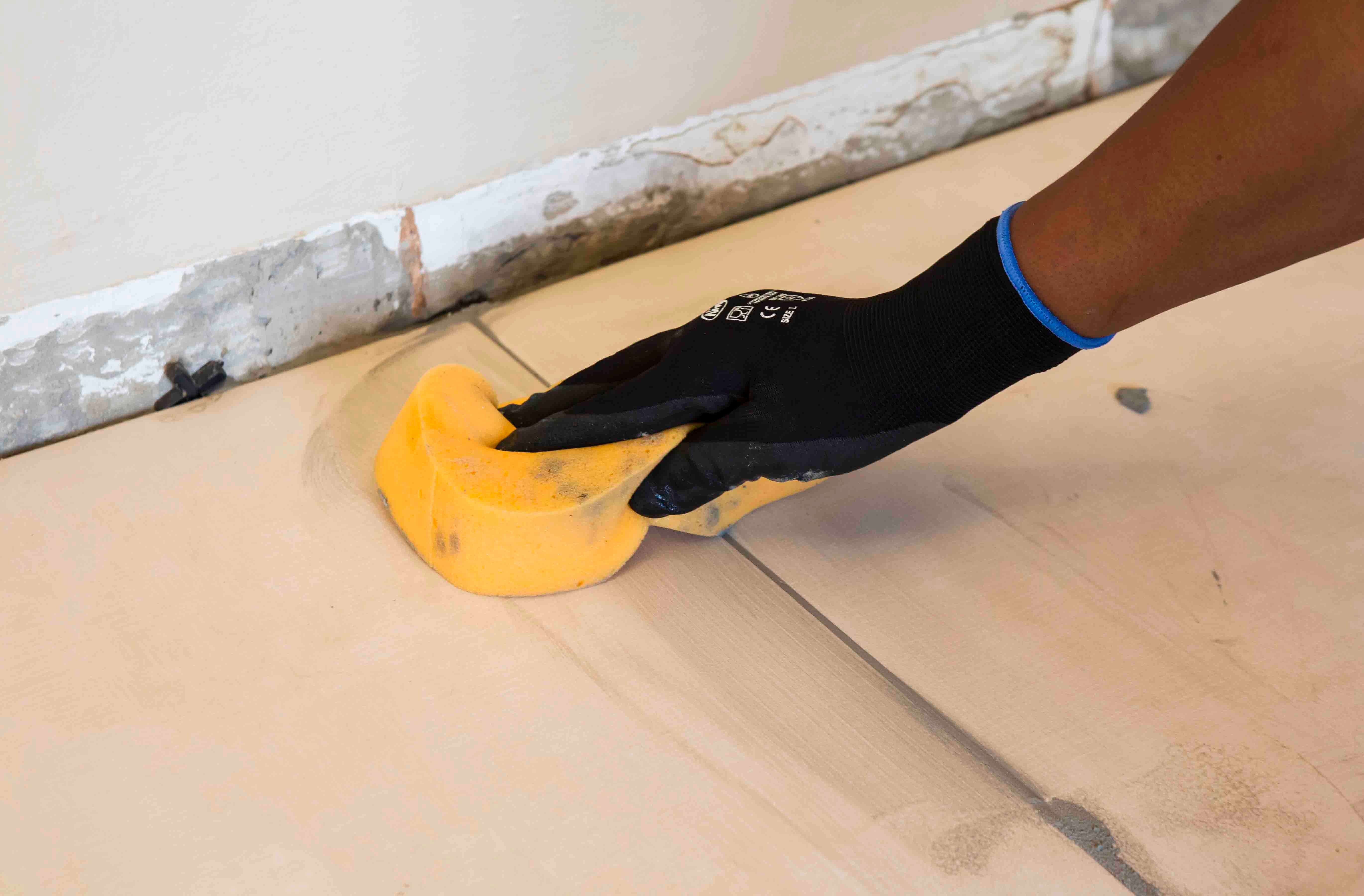

Movement joints
The lack of movement joints in tile installations is a major cause of tile failure. When tiling over existing tiles, the existing structural and movement joints must be maintained in the new tile installation. The movement joints should be at least 5 mm wide and extend through the adhesive and both tile layers.
